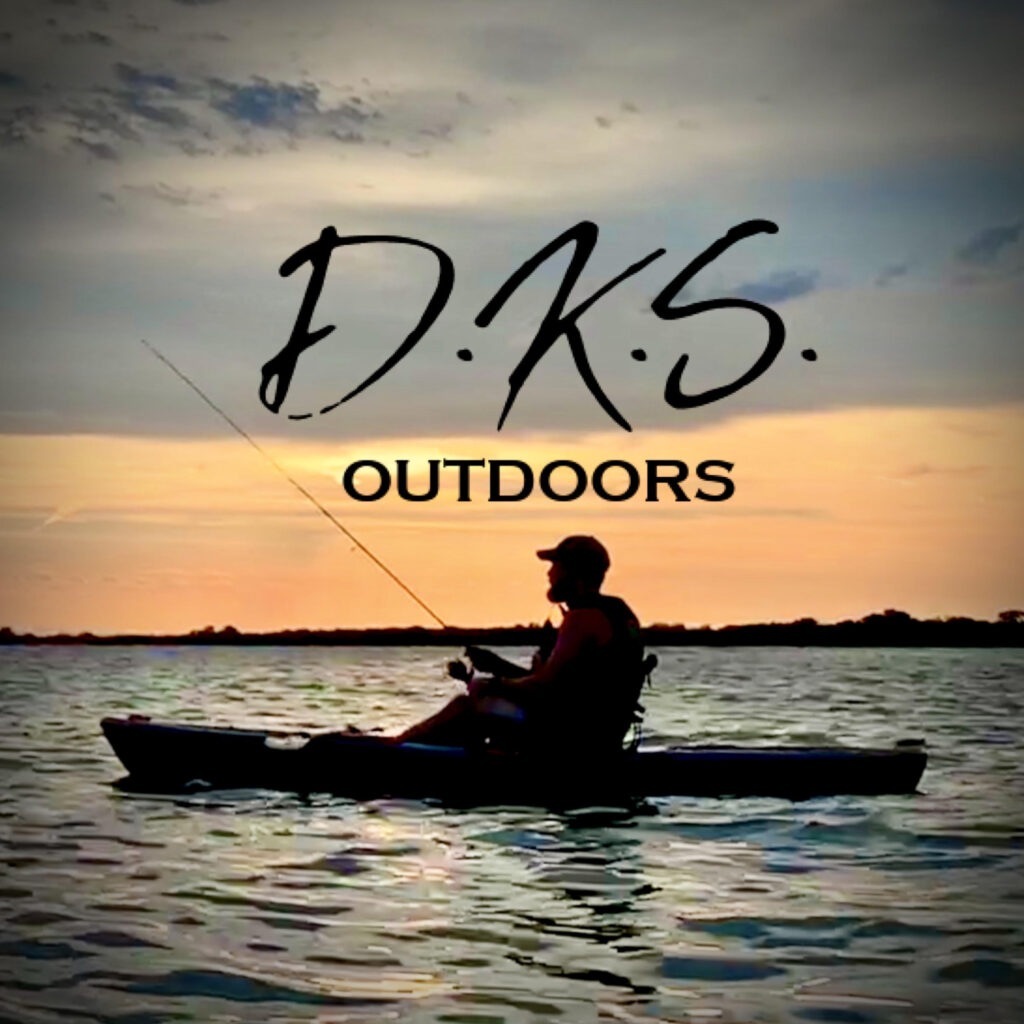Fly fishing is a beautiful, meditative way to spend time outdoors, surrounded by the tranquility of nature. Unlike traditional bait fishing, fly fishing involves casting a lightweight lure, known as a fly, using a specialized fly rod, reel, and line. If you’re new to the sport, don’t be intimidated. Here are fly fishing fo beginners tips and tricks to help you get started.

Learn the Basics of Fly Fishing Gear
Fly fishing requires specialized gear. In addition to a fly rod, reel, and line, you’ll need to purchase a variety of other items, including flies, leaders, tippet, waders, and boots. It’s essential to select gear that is appropriate for your skill level, fishing location, and the type of fish you’re trying to catch.
Get to Know Your Fly Rod
The fly rod is the most important piece of equipment for fly fishing. The weight and length of your rod will depend on your fishing location and the type of fish you’re trying to catch. As a beginner, you’ll likely want to choose a rod that’s easy to handle and forgiving of casting errors. Practice casting your rod in an open area to get comfortable with its weight and feel.
Master the Art of Fly Casting
Casting a fly rod is an art form that requires practice and patience. Begin by practicing your casting technique on a lawn or field, rather than on the water. Once you’ve mastered the basic techniques, such as the roll cast, overhead cast, and false cast, you can begin to work on improving your accuracy and distance.
Understand the Importance of Fly Selection
Different fish species and different fishing conditions require different types of flies. There are many different types of flies to choose from, including dry flies, nymphs, streamers, and emergers. It’s important to choose the right type of fly for your specific fishing conditions and the type of fish you’re trying to catch.
Know the Different Types of Water
Different types of water require different fishing techniques. Still water, such as ponds and lakes, require different tactics than moving water, such as rivers and streams. Understanding the different types of water and how to fish them can significantly improve your chances of catching fish.
Be Prepared with the Right Clothing and Accessories
Fly fishing can be a wet and messy sport, so it’s important to be prepared with the right clothing and accessories. Waders and boots are essential for fishing in moving water, while a hat, sunglasses, and sunscreen can protect you from the sun. Additionally, a vest or pack can keep your gear organized and easily accessible.
Practice Catch and Release Techniques
As a responsible fly fisherman, it’s essential to practice catch and release techniques. This means handling the fish gently, removing the hook quickly and safely, and releasing the fish back into the water unharmed. Additionally, be sure to follow all local fishing regulations and only keep fish that are within the legal limit.
Join a Fly Fishing Community
Joining a fly fishing community can be a great way to learn more about the sport and meet other fly fishermen. Many communities offer classes and events for beginners, as well as opportunities to fish with more experienced anglers. Additionally, joining a community can help you stay up-to-date on the latest gear and techniques.
Be Patient and Enjoy the Experience
Fly fishing is a sport that requires patience and persistence. Not every fishing trip will result in a big catch, but that’s okay. Enjoy the experience of being outdoors and surrounded by nature. Take the time to appreciate the beauty around you and the peace that comes with being outdoors. Don’t get discouraged if you don’t catch anything right away, keep practicing and learning from your experiences. Click here to learn about keeping a fishing journal.
